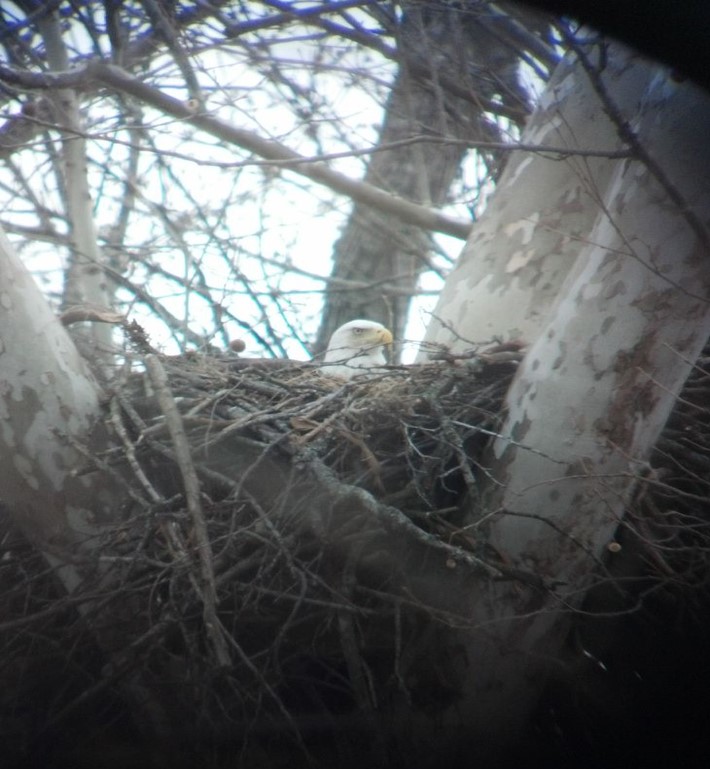 The natural resources management staff at Wappapello Lake is commissioned with managing a diversity of habitats with a variety of tools. Sound environmental stewardship efforts help management for game and non-game animals alike. From waterfowl to warblers and wetlands to warm season grasses, Wappapello Lake provides critical habitat for wildlife.
The natural resources management staff at Wappapello Lake is commissioned with managing a diversity of habitats with a variety of tools. Sound environmental stewardship efforts help management for game and non-game animals alike. From waterfowl to warblers and wetlands to warm season grasses, Wappapello Lake provides critical habitat for wildlife.
Management Techniques
- Prescribed burning
- Supplemental food plots
- Succession Control
- Wetland Management
- Watchable Wildlife
Prescribed burning: Fire is the most natural tool that can be used for managing habitats, because it has occurred naturally in most ecosystems for thousands of years and some areas, such as grasslands and prairies, must have fire disturbances in order for them to continue to survive. Wappapello Lake actively manages warm season grasses, glades, old fields and deep muck fens through controlled burning.
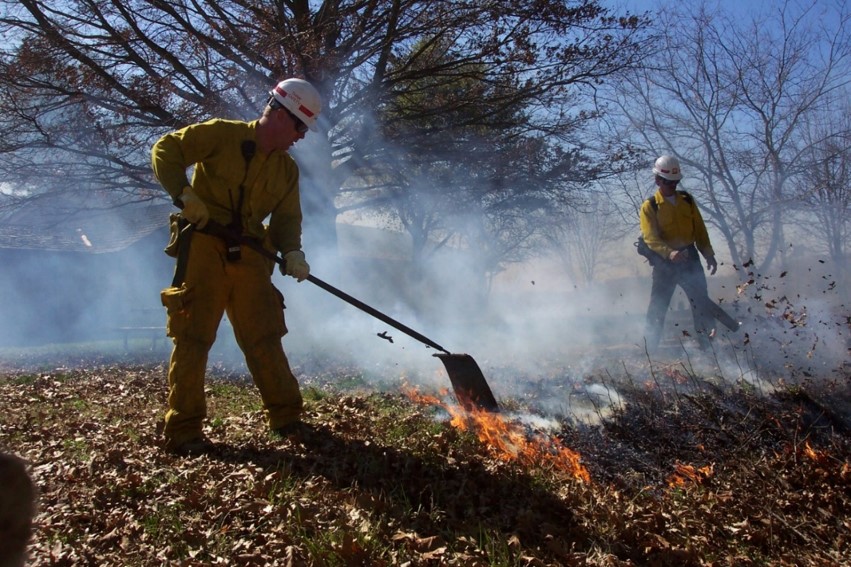
Supplemental food plots: To help offset man's destruction of habitat and available food sources Wappapello Lake plants hundreds of acres in grain crops, such as corn, peas, sunflowers, milo and wheat.
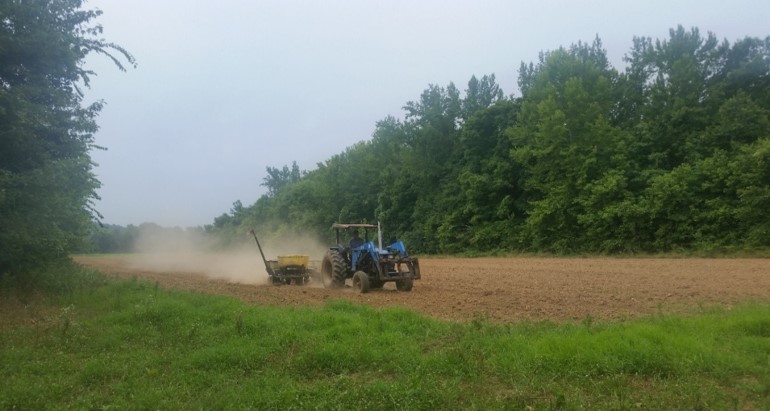
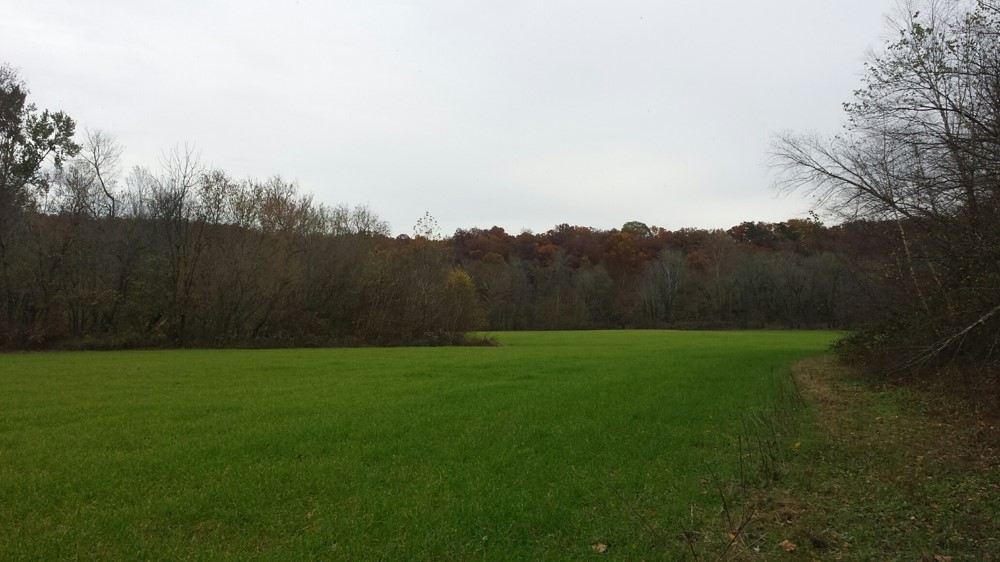
Succession control: Bush hogging is a major proponent for keeping open lands beneficial to wildlife. Open lands are maintained in an early successional stage to provide nesting and feeding habitat to a variety of wildlife.
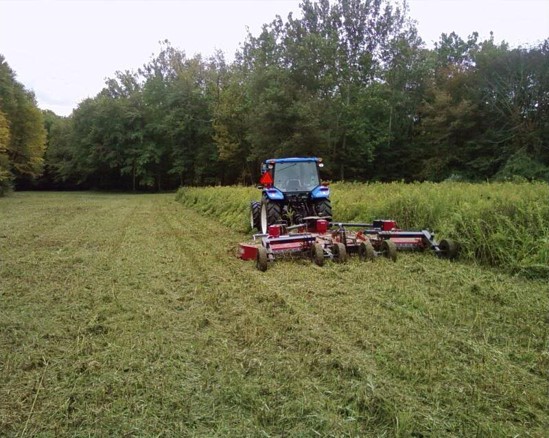
Wetland Management: Wappapello currently has four moist soil units managed with water control structures and a numerous bottomlands that flood periodically. These areas provide critical habitat for resident and migratory species.
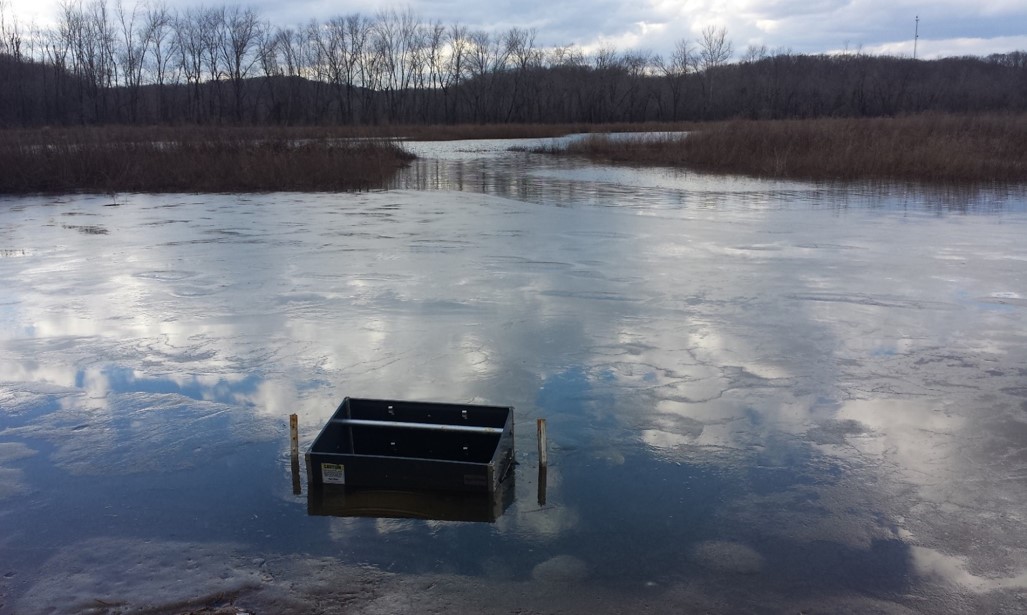
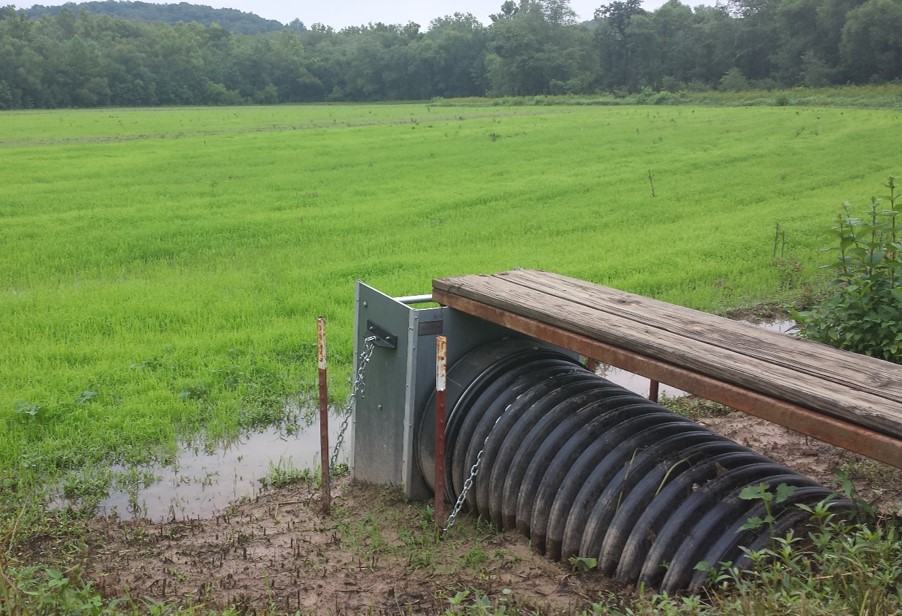
Watchable Wildlife: Wappapello Lake participates in a nationwide program the viewing of wildlife by visitors in their natural settings. Work to improve and increase the watchable wildlife program is an on-going process. Depending upon the time of year, visitors may see bald eagles nesting, waterfowl migrating or river otters playing in the serenity of Wappapello Lake.
